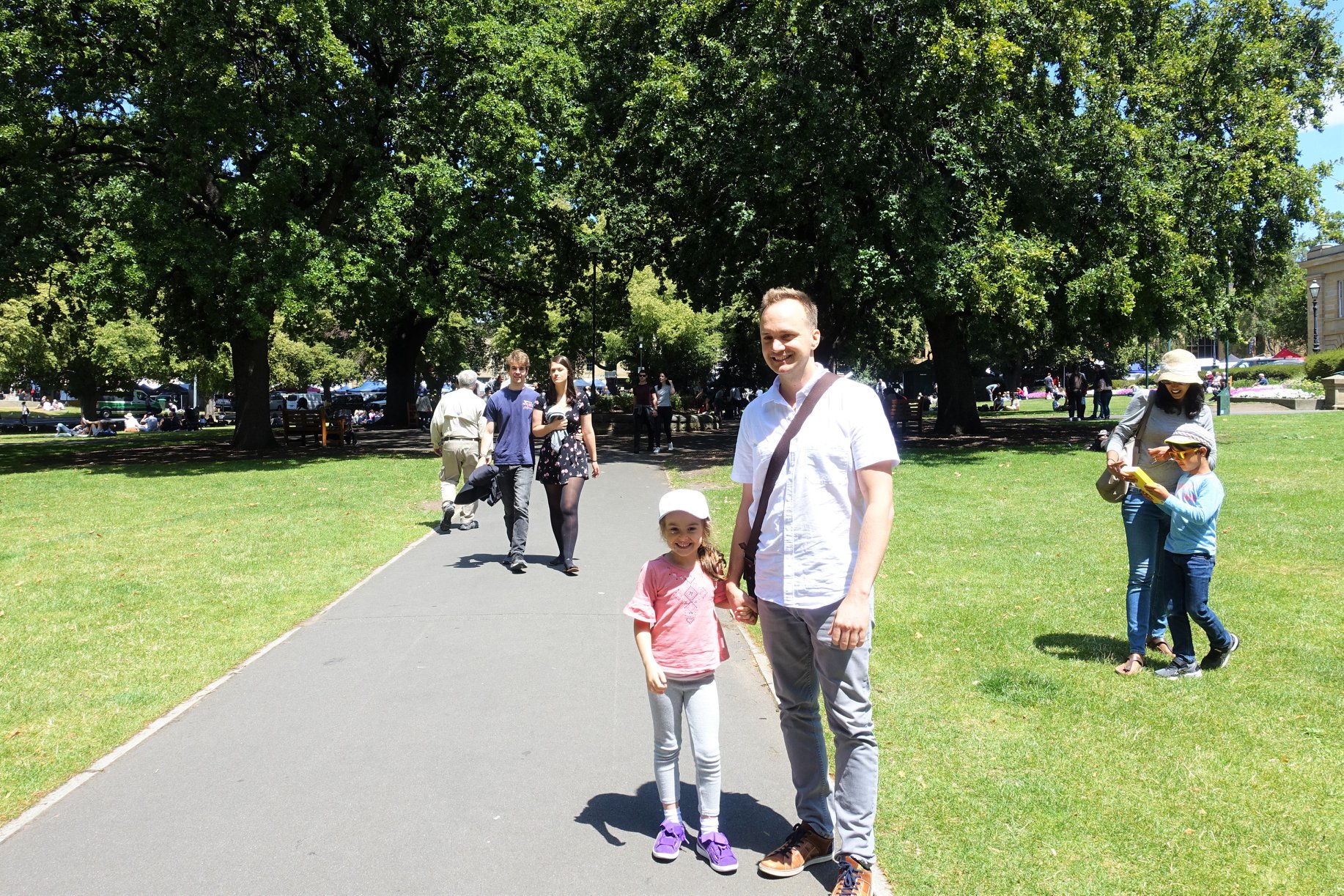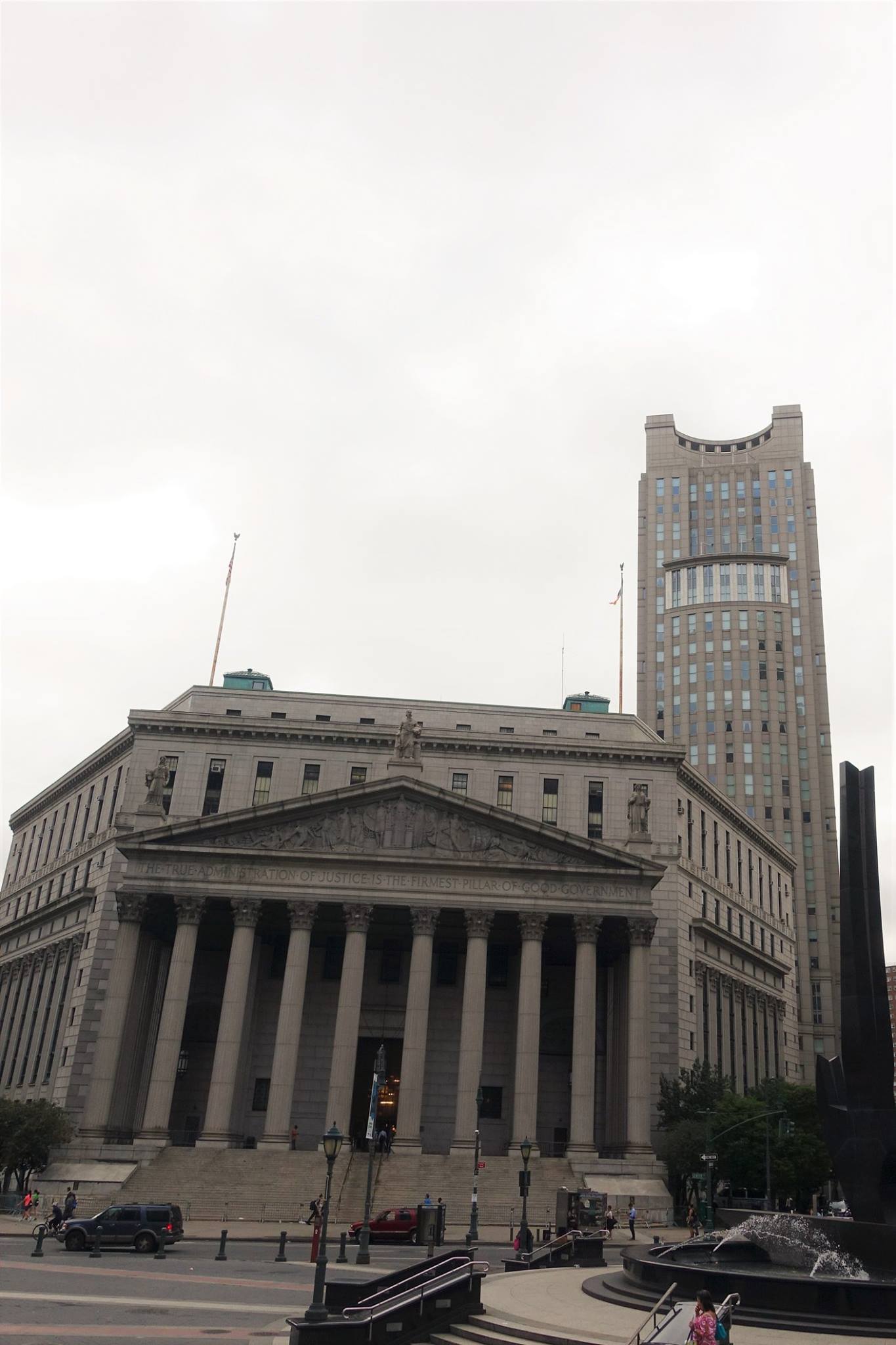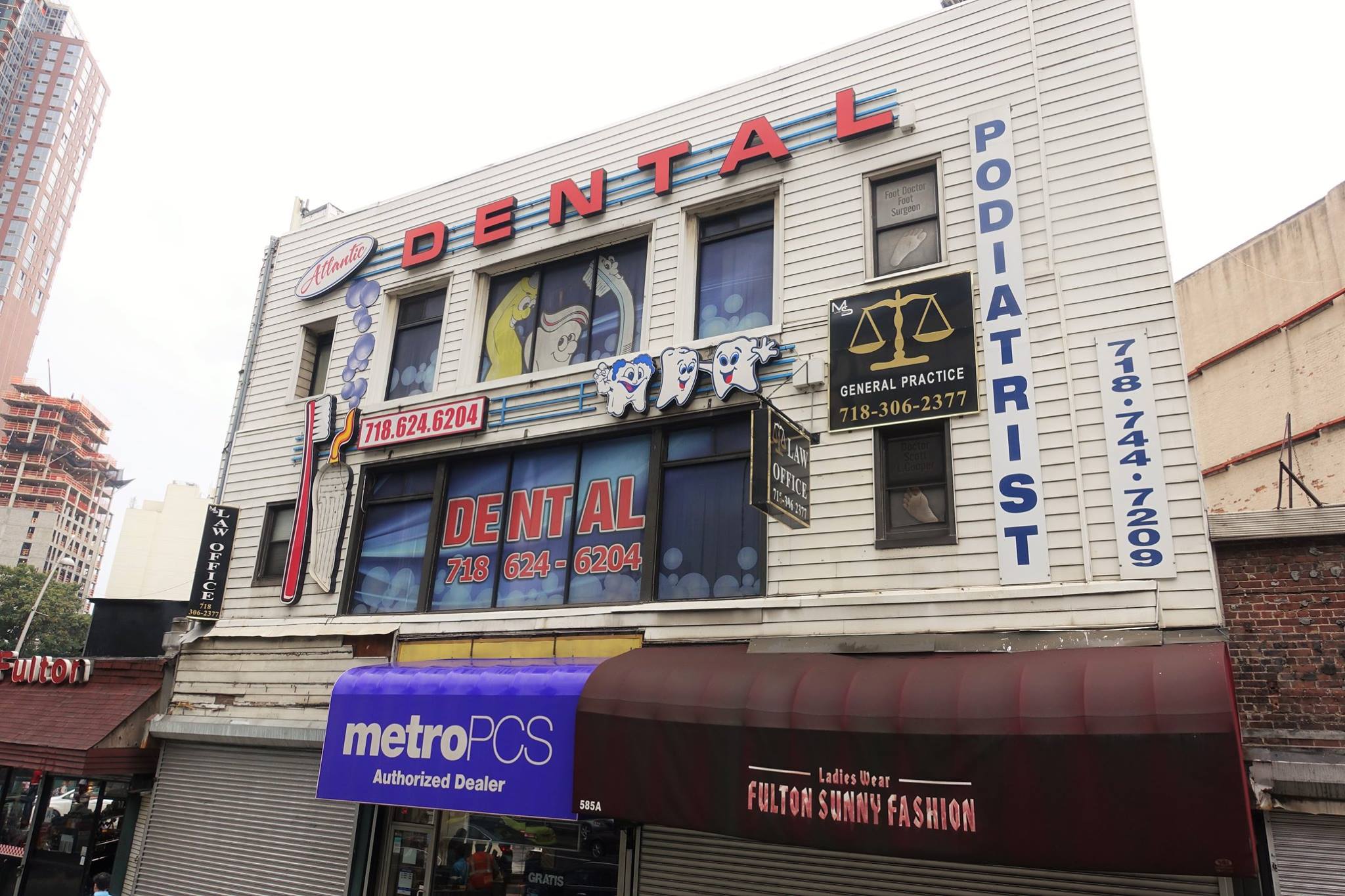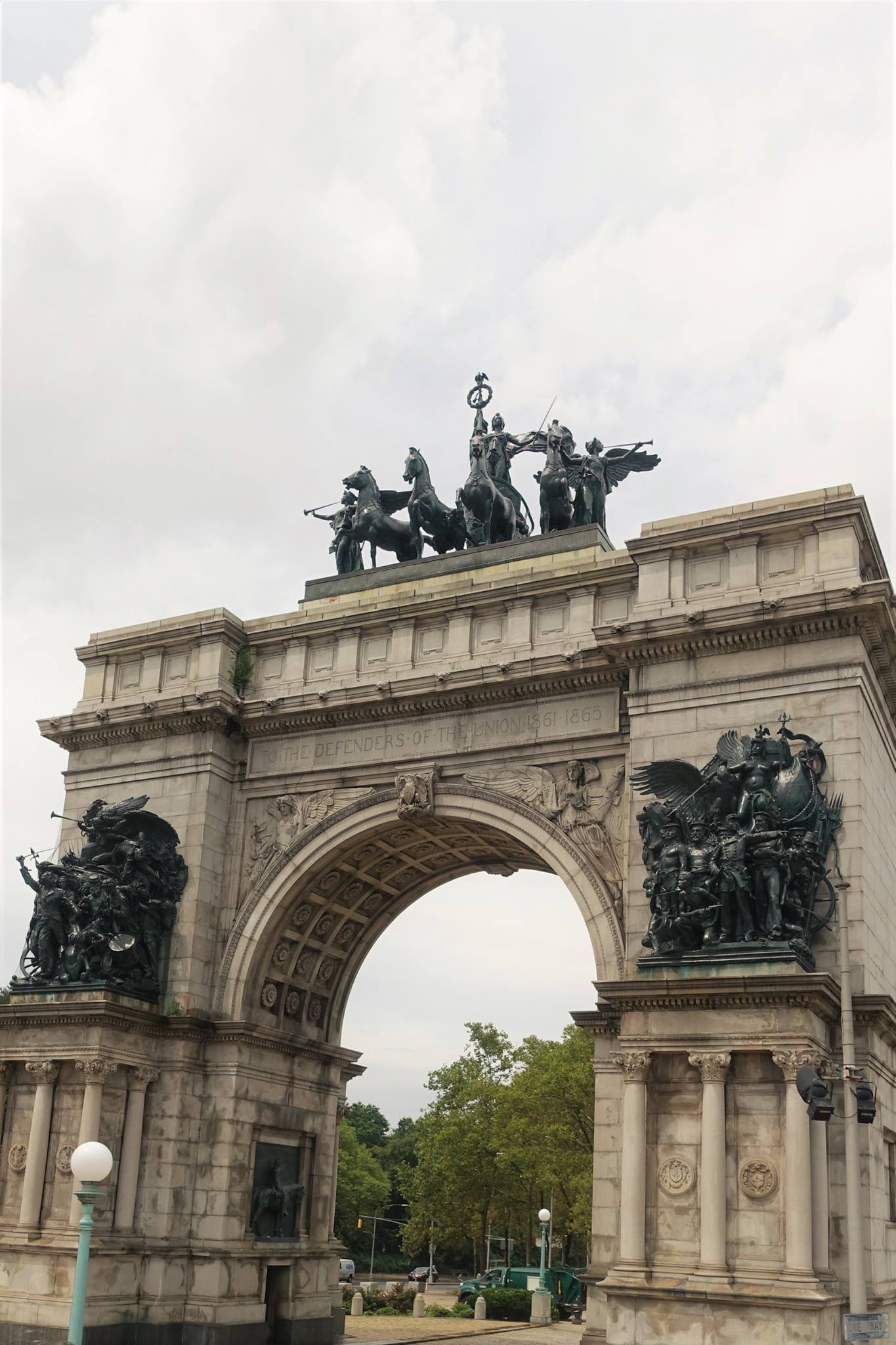Our next destination on our Tasmania road trip is the historical town of Queenstown. This was probably one of our longest journeys on this road trip. Under normal circumstances, it would have taken about 3 hrs and 45 minutes to drive. However, we did hit a bit of snag in our last hour due to car sickness. So we did arrive a little late, but we still managed to do quite a bit on our first day. We did have to leave early the next day, so I have been able to give you a snapshot of what you can do for free.
Queenstown is a small country town with a rich mining history. In the early 1900s, it was the third-largest town in Tasmania and had 14 hotels. However, today the population has dwindled and it has become quite a sleepy town. It does offer quite a few historical attractions, has an amazing street art scene and there are various nearby natural attractions to explore. Queenstown was probably one of the highlights of this trip and I was surprised how much I enjoyed our stop here.
Along the way to Queenstown, we made a rest stop at the Tarraleah Power Station on Nive River. It is located near the Tarraleah Falls and takes just under two hours from Hobart to reach. It is a great place to stop and stretch your legs, use a bathroom and learn a bit of history. This hydroelectrical power station was the largest when it was built in 1938. It played a significant part in expanding the Tasmanian industry after WWII and gave labour opportunities to migrant workers from Germany and Japan. It later also employed many migrants from other countries, such as Poland, Italy, Scandinavia, Eastern Europe, which in turn brought new foods and cultural influences to the region.










So after our rest stop, we had just under two hours drive to go. On the way, we travelled on some incredibly winding dirt roads. Our daughter was getting restless, so we thought we would let her use the Ipad and didn’t attach it to the back of the headrest. This was the biggest mistake we could make because all of that looking down it made her car sick. She didn’t say anything and then all of a sudden threw up all over herself. We had to stop, change her clothing and wipe down seat beat. We thought she would be ok after that and she had a bit of a nap, but about an hour later she threw up again. This time it was even worse and it got all over the car seat, car interior and on the Ipad. So again we had to change her and wipe everything down. Now if your parents you may have had this happen many times. We, however have not. Our daughter has never thrown up in the car and only twice at home on the tiles. So we were not expecting or prepared for this. We were also driving a rental car and praying we would find a washing machine at our accommodation and a car detailing service. Although since we were heading away from the main cities we were unlikely to find anyone to clean the car professionally. By the end of the trip it all worked out, but from here we would spend the rest of the week trying to fix our smelly car and stressing how much we would be charged by the rental company.
Because of our delay, we didn’t make a stop along the way to Nelson Falls, which is about 30 mins from Queenstown. It is a 45 min return walk, which takes you to an amazing waterfall and is great for young families. We also drove past Iron Blow Lookout or Horsetail Falls. However, we did come back to see these two sites since they are very close to the centre of town. The only stop we did make before checking into our accommodation was Queenstown tourist stop. It is located off the highway as you enter the Queenstown region and had some information boards that tell of Mt Lyell mining history. You can’t quite see them unless you get our of your car because they face the view.
Afterwards, we checked into our accommodation at the Comfort Inn Goldrush Motor Inn. The room was very simple and outdated. However, it was also incredibly clean, so I can’t fault it too much for the reasonable price we paid. Now the first thing we had to do was sort out our little car dilemma and find something to eat. So we used the washing machine facilities at the motor inn, which unfortunately weren’t great. The washing cycle and detergent combined cost $8 and it only ran on a for 20 minutes cycle. So it didn’t really get the smell out of the car seat cover or our daughter’s clothes. We did go into town to find some cleaning supplies and some lunch. Unfortunately, Cafe Serenade closed at 2 pm on a Sunday, just as we arrived. I was disappointed we didn’t get to try one of their house-made pies, since I was starving by now. The only place that was open in town at this time was the IGA General Store. They didn’t have much in the way of cleaning supplies or ready to eat food (for a pregnant lady). But we bought some cleaning vinegar and some fresh fruit to snack on before dinner.

















Afterwards, we went back to the Iron Blow Lookout in Gormanston. This is about 11 minutes drive from the centre of Queenstown. This was the earliest major mining venture at Mount Lyell and during the mining boom for the Queenstown region. The lookout allows a vertigo-inducing view of the open cut mine and the Linda Valley. When gold was discovered on hills of the Linda Valley in 1883, Iron Blow was founded and the site was descendent upon by miners who sort copper. They stripped the land bare and then deserted the area, leaving Gormanston and Linda as ghost towns. The over-mining and copper smelting has left a eerie, yet beautiful landscape which epitomises man’s greed.













Next, we drove a couple of minutes down the highway to Horsetail Falls Track. Horsetail Falls is a large seasonal waterfall that falls of Mt Owen onto Moore Creek. During the summertime it’s only a slow trickle, so its best to see the misty cascade during winter. To get the best view of the falls, you need to walk the Horsetail Falls Track. This is a boardwalk staircase along Karlon’s Gap and gives a panoramic view of the mountains to the south, ocean to the west and side view of the falls. The return walk is only 1 km and takes 30 minutes. It’s a relatively easy walk and I managed to do it pregnant. However, I did have to take quite a few breaks, since I have been struggling to walk on elevated ground. If you have a child just be careful because some parts of the side rails are open. I didn’t think I would make it all the way up, but it was an amazing view and worth the trip.














Next, we went back into the heart of Queenstown to have a look around before dinner. It was a bit of a ghost town, but it gave us a chance to get orientated. We found only a few restaurants, including a couple of pizzerias, an Asian restaurant and the Empire Hotel. Attractions we noted were the Eric Thomas Gallery Museum, The Paragon Theatre (old movies, dinner and tours), Q Bank Gallery, Armel Wall Memorial Plaza, Miner’s Siding Monument and Queenstown railway station (museum and steam train tours).












For dinner, we went to the historic and iconic Empire Hotel. It is known as the ‘Grand Old Lady of the West’ and was built in 1901, during the wealth of the mining boom. This hotel has accommodation, a restaurant and a bar. It also has a National Trust listed staircase, which leads to the guest accommodation. It was made of Tasmanian Blackwood, that was shipped to England to be carved and resent to be installed in the hotel. Unfortunately, you can’t go up the stairway unless you’re a guest, so I wasn’t able to see the paintings on the second floor. The restaurant has a small dining room, so I recommend arriving just before opening to get a table. It was quite busy the night we visited, which was surprising because I didn’t see anyone else walking around before. The menu features pub food including grilled steak, protein mains, pasta, salads and burgers. We found the prices were a little high for the quality and the service wasn’t great. You actually order and pay in the bar area and the servers bring out the food when it’s ready.






For dinner, I order the Hasselback chicken (stuffed with zucchini, eggplant and tomatoes) with white wine cream sauce and buttered potatoes. Marco had the Gourmet Bangers (Devonport beef sausages) and Mash, with peas and house onion gravy and O had the Kids ‘homemade’ chicken nuggets, chips and salad. My dish was ok. I really didn’t like the sauce at all, as it didn’t taste like the cream had been cooked. I had scrap it all off. The chicken was tender and the potatoes were nice and crispy. Marco’s dish wasn’t bad but average. It was also very odd that it came in a bowl rather than a plate. As for O’s, I really don’t think those nuggets were homemade and the chips were also average. Afterwards, we thought we would try the Berry Pavlova and Sticky date pudding for dessert. They were nice and probably the highlight of the meal.




After dinner, we explore the street art around the town. This was probably the last place I thought we would find so much art. Many of the works were by artists we had seen in Hobart laneways and a few new ones. You can actually do a self-guided Street Art Tour. I didn’t know about this map at the time or about the Q Bank Gallery, which has an artist-in-residency program. I did find the QBar, but it wasn’t open when I came across it. That is within the 1-story building you can see below and looks to be a gallery. The Q Bank Gallery is located behind it.




















The next morning we headed to the Queenstown railway station to see the steam train leave the station and to have breakfast. This track is part of the West Coast Wildness Railway and travels between Strahan, Cradle Mountain, Devonport, Hobart and Launceston, with various stops in between. We didn’t have the time to take on of these trips and I did find the ticket prices were a bit expensive for all of us to travel. However, it seems to be quite a popular attraction for many tourists.











So before I had a chance to see much more of of the station we stopped for breakfast at the Tracks Cafe. They offer breakfast and lunch menus, as well as a kids menu, vegan and vegetarian options and the prices are quite reasonable. I ordered Scramble eggs with toasted sourdough and a hash brown to share my with angry daughter and Marco ordered the Egg and bacon roll. My eggs were very fluffy but a bit bland. The bread and hash brown were also soggy. So kind of wished I ordered something else. Marco’s breakfast roll was actually really tasty and his coffee also wasn’t too bad.







While I was waiting for breakfast, I went to have a little look in the tourist shop to see if they had the Tasmania devil my daughter had been hounding me about. They did have quite a few toys, but didn’t have the one in stock that she was after. I also came across the Railway Museum inside the station. It is only a small space, but it has a combination of information boards and authentic objects, which tell the story of the original construction of the Railway. It is free to go in and look around.



















After breakfast walked 30 seconds down the road to the Miner’s Siding Monument. It features sculptures by Stephen Walker and tells the story of the mining history in the Lyell district. It is quite impressive, so I tried to get a photo of each sculpture if you want to follow their story through the years.

































We had to leave quite early from Queenstown, to get to our next destination of Cradle Mountain. I will feature this amazing place in my next post. Below is just the stop, Henty Glacial Erratics State Reserve, which we came across 15 min out of Queenstown. It shows the geological transformation that took place, due to multiple periods of glacial activity. There is a walking track you can do from here. The photo I took is just of the rock from the opposite side of the highway.



I hope you enjoyed seeing a bit of Queenstown!





























































































































































































































































































































































































































































































































































































































































































































































































































































































































































































































































































































































































































































































































































































































































































































